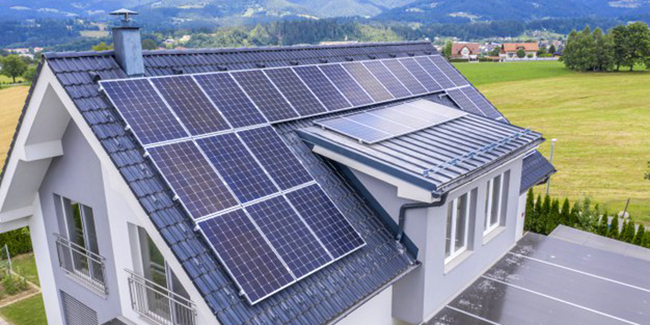Deploy Folding Table of contents
In the age of modern technology, the idea of an autonomous home is no longer a far-fetched dream. With the growing popularity of smart home gadgets, more and more people are recognizing the potential of autonomous living. Unlike traditional homes which require manual intervention and a variety of repairs, autonomous houses are equipped with sensors and systems that can manage basic tasks, leaving homeowners with more time to enjoy their lives.
What Lies Behind the Autonomous Home Trend?
The trend of autonomous homes has been driven by the ever-evolving advancements of the internet of things (IoT). Smart home devices, such as automated lighting, temperature control systems, and security systems, have made it possible to manage your home without needing to be physically present. The combination of these technologies with artificial intelligence has resulted in a more intuitive and energy-efficient autonomous home.
Unravelling the Principles of Autonomy
At its core, an autonomous home is designed to make life easier for its residents. It does this through automation, which is the ability to carry out tasks without the need for manual input. This is made possible by integrating various systems and devices, such as sensors, cameras, and appliances, allowing them to communicate with each other and work together. This allows the home to be aware of its environment, making it possible to respond to changes in temperature, light, and other factors, as well as alerting its inhabitants of any security threats.
A Peek Into the Benefits of Autonomous House Living
From energy efficiency to convenience and comfort, autonomous homes offer a host of benefits. On a practical level, automated systems can help reduce energy consumption by regulating temperature and lighting levels, which in turn can help lower monthly utility bills. Furthermore, automated security systems make it possible to monitor your home from anywhere, giving you peace of mind that your home is safe even when you’re away.
On a comfort level, autonomous homes have the ability to make life easier by automating mundane tasks, such as watering plants, turning off the lights, or even brewing you a cup of tea. This leaves you with more time to focus on the things that really matter. Plus, since everything is integrated, you can control your home with a single device, such as a smartphone or tablet, without having to worry about multiple remote controls.
Taking a Closer Look at Autonomous Home Design
In order to achieve the highest level of autonomy, it is essential that your home is designed with the right combination of devices and technology. This includes installing sensors that can detect changes in temperature, light, and other factors, as well as machines that can carry out tasks such as watering plants or brewing coffee. Additionally, it is important to consider the safety of your home and family, as autonomous homes are prone to cyber-attacks. As such, it is important to invest in reliable security measures.
Examining the Future of Autonomous Living
It is clear that autonomous homes are here to stay, as technology and AI continue to advance. In the near future, autonomous homes are likely to become even more convenient and efficient, with features such as automated shopping lists or even autonomous robots carrying out household tasks. As such, the possibilities of an autonomous home are endless, and the future looks bright.
In conclusion, it is clear that autonomous homes are becoming increasingly popular. With the combination of various technology, sensors, and smart devices, automated homes offer a host of benefits, from energy savings to convenience and comfort. As technology continues to advance, autonomous homes look set to become even more intuitive and efficient, making life easier for the modern homeowner.
Sources
- Molzahn, A. (2019). Autonomous Home: What It Is and What It Could Become. Computerworld
- Lidegaard, R. (2018). What Is an Autonomous Home and How Does It Work? Smart Home Solver
- Borson, R. (2017). Autonomous Home: What It Is and How to Make It Work. Home Improvementpedia
As a young independent media, Fresno Observer aneeds your help. Please support us by following us and bookmarking us on Google News. Thank you for your support!



